One may wonder how we do thermometers work?
We know that the bar of liquid rises if it’s hot and falls if the temperature is cold.
There are also thermometers that uses a heat sensitive spring to move a pointer from one position to another given different temperatures.
Right now more types of thermometers are coming up which show more accurate data like digital thermometers, probe thermometers, infrared thermometers, etc.
*photo credits to owner*
The alcohol and mercury thermometer uses the expansion and contraction of the liquid inside the glass to show the temperature. The spring thermometer uses the expansion and contraction of the heat-sensitive spring to move the pointer.
Figure 3 uses mercury which is poisonous that is why more people and laboratories are turning to the alcohol thermometer instead.
Did you know?: The temperature reading indicates the temperature of the glass not exactly the temperature of the surroundings. (Zeroth Law of Thermodynamics: “If two bodies are in thermal equilibrium with a third body, then the two bodies are in thermal equilibrium with each other.”)
In the experiment an alcohol thermometer was used (there should’ve been more instruments but due to budget cuts the equipment needed was not available)
What we were after in the experiment was the time constant (Τ (tau)) which was constant for a certain thermometer.
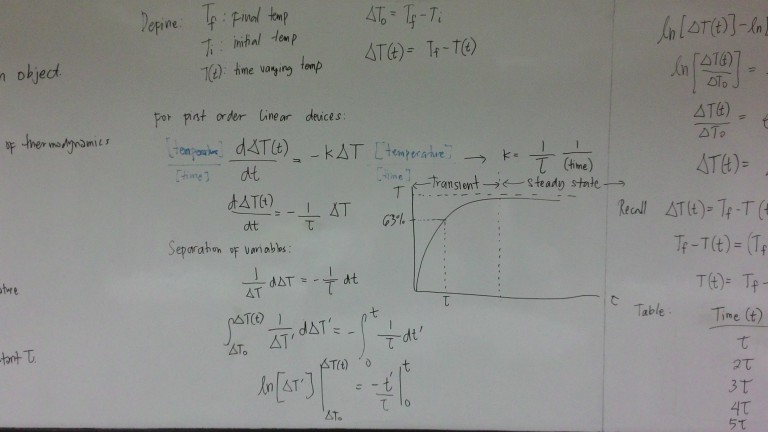
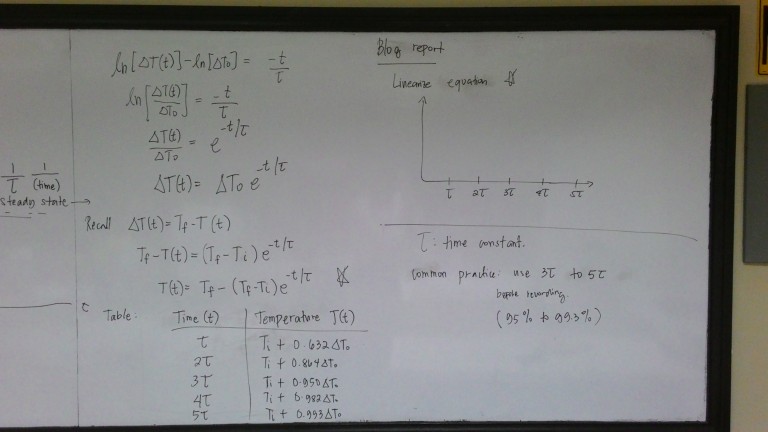
Basically the experiment started by getting the final temp (hot/cold) then the initial temperature (cold/hot) then back to the (hot/cold) bath while recording the time at (T(tau)) then 2T then 3T, till 5T.
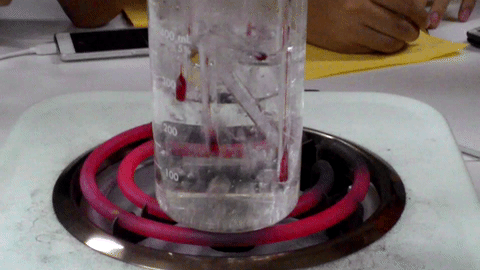
The data points were plotted and compared to a fit with the equation given by:
T(t)=A(1−e−t/B)+C (1)
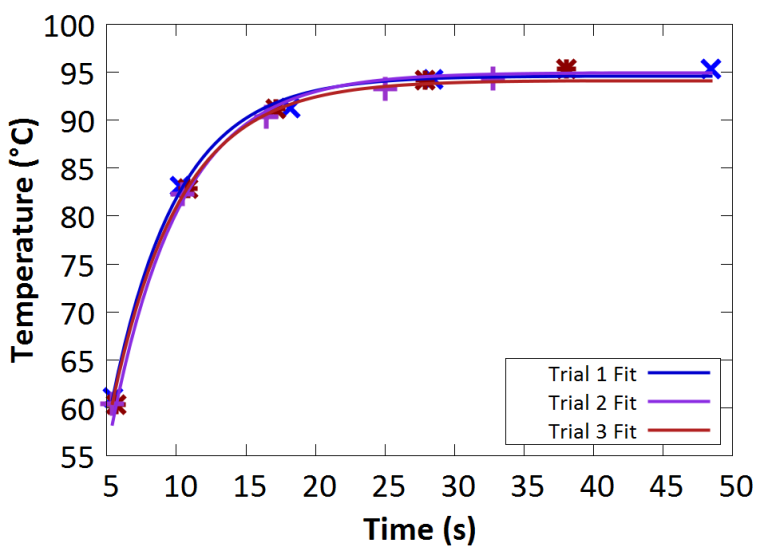
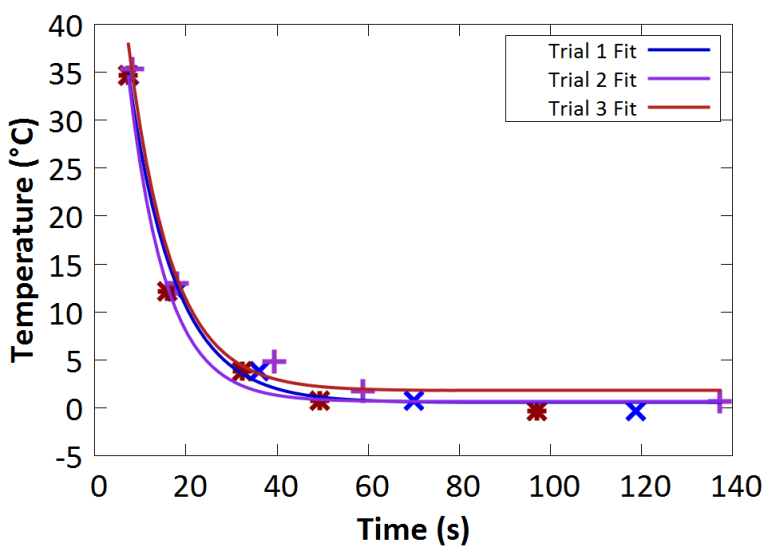
The average tau value for heating is 4.87592 s while the tau for cooling is 9.33573 s. The very big difference in tau may be accounted for by the reaction time of both the person timing an the person saying stop. another factor is that while the thermometer is being placed from one water bath to another.
I really got bored during this experiment coz there was a lot of waiting involved. I was also sad that we only got to use an alcohol thermometer because due to budget cuts the other instruments were being used by another class. This experiment was just meh. HAHAHA





